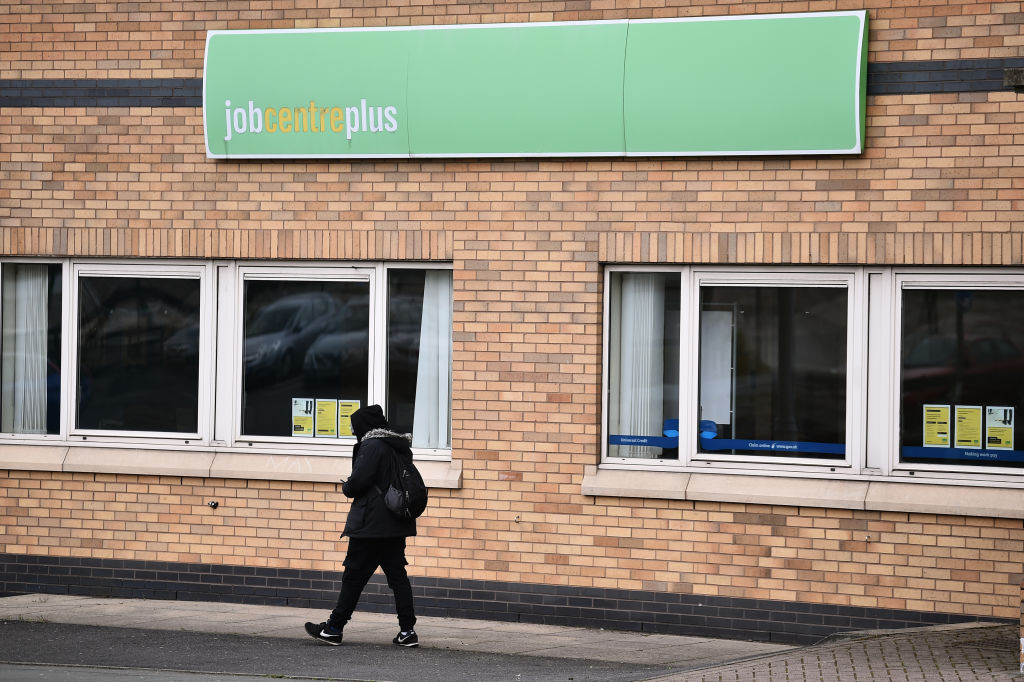Could the carnage and horror that played out on the streets of Liverpool city centre yesterday have been averted? We now know that 24 people were hospitalised, four with very serious injuries, when a car drove into crowds attending Liverpool’s Premier League championship victory parade. Merseyside constabulary, undoubtedly stung by their mishandling of the Southport attack details, which contributed to a week of national rioting last year, were commendably quick off the mark. We knew very quickly that the individual believed to be the driver of the vehicle was a 53-year-old white British man from the city. While the motive remains unknown, terrorism has been firmly ruled out.
A liberal democracy cannot function if rights are trampled on too much
But there will still be questions to ask of the police and local authority on their preparation for this event. At last night’s press conference, Assistant Chief Constable Jenny Sims told reporters a ‘robust’ traffic management plan had been in place for the parade. These words might come back to haunt her. Merseyside Constabulary had nearly a month to plan and prepare for an iconic event they knew would attract hundreds of thousands of fans. The main route of the parade through the city centre waterfront has at least ten roads connecting with it, including Water Street, where the vehicle was eventually brought to a halt by police and enraged fans. Footage of the incident was played out across the world on video within seconds of it happening. Water Street was reportedly not closed to traffic by police.
So, this was a predictable mass attendance event in a containable space in an era where incidents involving vehicles and crowds in city centres have proliferated. Properly blocked streets don’t discriminate between criminal and accidental acts. Where these precautions fail, there are lethal consequences.
Questions should also be asked of the police’s capability on the day. This is not to downplay the courage of officers seen sprinting towards the vehicle, securing it and apprehending the driver while surrounded by understandably furious and hurt fans. But images of an officer ineffectually striking the windows of the car with his baton as it ploughed on into people stay in the mind. It is surely the case that the threat posed to officers and civilians alike would make the use of lethal force proportionate. Yet even if this option had been feasible in the teeming chaos of an incident, the unending prosecution of Sergeant Blake for shooting Chris Kaba in London as he bore down on colleagues from behind the wheel of a car in 2022 might bake in hesitation.
We will see if Merseyside’s traffic management plan was fit for purpose. The independent inspectorate should be involved. This is not a probe that should be mired in secrecy, delay or obfuscation.
Questions do need to be asked about how well three strategic priorities were met ahead of this iconic event – hostile vehicle mitigation, access control and screening and finally surveillance and oversight. This strategic approach will have fed into the tactics used on the ground, all overseen by the tripartite operational GOLD command structure many people are now familiar with. While this awful incident is unlikely to be motivated by ideology and could well be as trivial as road rage and panic, it is naïve in the extreme not to think that violent extremists aren’t watching and learning from our mistakes.
Finally, there is a bigger question: is what happened on Monday simply a risk that cannot be completely eliminated? The only way to banish the scenes of terror and mayhem yesterday would be to ban the parade entirely. But this sort of control is anathema in a free society. Moreover, entirely and securely shutting down the road network for the 9 miles of the parade route for up to five hours on a bank holiday, together with all its feeder roads, would exceed the resources of Merseyside and be a disproportionate imposition on the local populace, not all of whom support Liverpool or even follow football.
A liberal democracy cannot function if rights are trampled on too much; this is well understood by violent extremists who pose the greatest threat to such events after crowd control. But this distinction will be of little comfort to the people we should bear in mind the most today: the broken men, women and children in hospital who went out for a day of joyous celebration and went back in an ambulance.








Comments